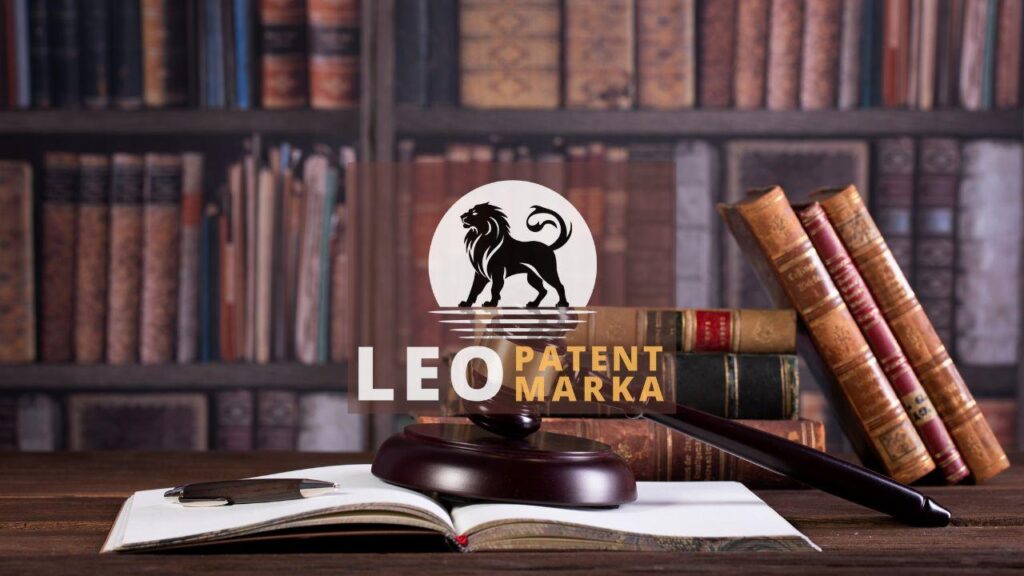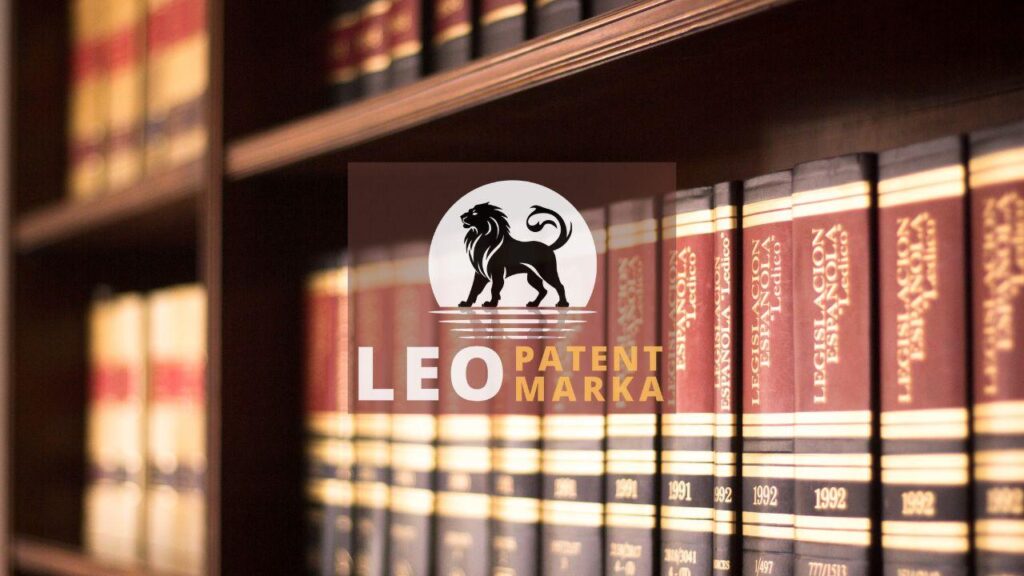Embarking on a Turkish patent application journey can feel like navigating a dense forest without a compass. The patent registration process can indeed appear daunting, yet understanding each step demystifies this path. So, how to apply for a patent in Turkey? The process begins with a thorough inquiry into your invention’s uniqueness under intellectual property in Turkey laws. Once confirmed, the Turkish Patent Office steps come into play. These steps include filing your application, undergoing an examination, and meeting requirements for approval. Navigating the patent office steps could initially seem like deciphering an ancient language. However, equipped with the right guidance, you transform this arduous task into a manageable endeavor. Understanding the intricacies of the Turkish patent application process ensures your invention is well-protected under Turkish law. At the heart of this journey, mastering the patent registration process not only safeguards your innovation but also paves the way for your future ventures.
Understanding the Turkish Patent Application Process
Understanding the Turkish patent application process is crucial for securing your intellectual property in Turkey. First, you embark on a journey that requires knowing the initial steps involved. This begins with verifying your invention’s uniqueness under the Turkish Patent Office standards. Ensuring your innovation isn’t simply a rehash of existing concepts forms the backbone of your application. Next in line, the patent registration process demands your attention as you prepare essential documents to demonstrate the innovation’s original value. These documents, submitted during the initial patent office steps, serve as a testament to your invention’s distinct nature. Throughout this procedure, understanding how to apply for a patent in Turkey becomes vital, easing potential hurdles. The clarity and precision in this early phase of the Turkish patent application can often dictate the success of your endeavor in safeguarding your intellectual property.
The patent registration process in Turkey unfolds like a carefully choreographed dance. Initially, you file the application with all required details, marking the first move in the patent office steps. Precision here sets the stage for success. This step includes providing descriptions and claims that clearly outline your invention’s uniqueness, resonating with the intellectual property in Turkey laws. Following submission, your application undergoes a thorough examination—a crucial juncture in determining your innovation’s fate. This review aligns with the stringent standards of the Turkish Patent Office. So, how to apply for a patent in Turkey effectively? Be diligent. Prepare to respond promptly to any feedback or inquiries. This patience and persistence, in turn, ensure a smooth patent registration process, potentially safeguarding your intellectual property in Turkey and paving the path for innovation under legal protection. Secure this space, and your inventive future shines brighter.
During the examination phase of your Turkish patent application, patience and precision become paramount. At this stage, the details embedded in your application are under the microscope. The Turkish Patent Office scrutinizes your submission to verify its compliance with intellectual property standards in Turkey. A well-prepared application anticipates questions, acting almost as a dialogue with the examiners. Here, clarity is king. Clearly articulating how your invention surpasses existing technologies ensures the smooth sailing of the patent registration process. This insight into how to apply for a patent in Turkey can significantly reduce the risk of delays or rejections. Therefore, meticulously crafted applications, aligned with patent office steps, stand the best chance of emerging successfully. Ultimately, understanding the intricacies of this examination becomes your compass, guiding you through the dense underbrush of intellectual property in Turkey and toward a secured patent.
Key Requirements for a Successful Patent Submission
Securing a Turkish patent application hinges on meeting critical submission requirements. First and foremost, an in-depth analysis of your invention’s novelty is indispensable. Does your creation offer fresh value, or does it tread familiar ground? The answer guides your next moves. Crucial to the patent registration process, all documents must be meticulously prepared and submitted to the Turkish Patent Office. Details matter, from language precision to comprehensive technical drawings. Keep in mind the need for clarity in illustrating your invention’s purpose and functionality under intellectual property in Turkey frameworks. Missing elements or vague descriptions could stall your application. Properly addressed, these requirements pave the path for smooth navigation through the patent office steps. How to apply for a patent in Turkey successfully? It’s more than ticking boxes; it’s about crafting a narrative that echoes the innovation and value of your work, ensuring a robust submission that withstands scrutiny.
To fortify your Turkish patent application, understanding key requirements is vital. Begin by ensuring your invention’s distinctiveness under intellectual property in Turkey laws—this is the cornerstone of the patent registration process. What makes your idea novel? To support your claim, provide exhaustive documentation. Consider the patent office steps similar to preparing a recipe: each ingredient—be it technical drawings or a comprehensive explanation—must be precise and meticulously organized. How to apply for patent in Turkey effectively includes submitting these documents in Turkish, reflecting the importance of clarity and specificity. Remember, gaps or oversights are like cracks in a foundation, jeopardizing your submission. Additionally, grasp the Turkish Patent Office’s guidelines—adherence here is like navigating a map through unfamiliar terrain. By precisely following these instructions, your application not only stays on course but also amplifies its chances of success, ensuring your invention sails smoothly through the entire process.
Securing a successful Turkish patent application relies on fulfilling the patent office steps with precision. Start by comprehending the intellectual property framework in Turkey. This understanding acts as your compass. The patent registration process demands more than surface-level preparation. Dive deep to uncover potential barriers beforehand. Next, assembling a meticulous package is crucial. How to apply for patent in Turkey effectively means ensuring every document is in harmony, like a symphony of details. Language barriers shouldn’t impede your progress; ensure translations are pristine. Anticipate reviewers’ scrutiny as they examine your claims with a fine-tooth comb. This calls for a blend of clarity and transparency, elements that shield your submission from potential pitfalls. Gather every necessary piece with care, akin to a puzzle’s completion. Submitting an impeccable Turkish patent application echoes confidence, heralding your idea’s safeguarding under the intellectual property in Turkey laws.
Navigating Common Challenges in Patent Applications in Turkey
Navigating the Turkish patent application process can be likened to walking a tightrope. You need precision and understanding to balance each challenge that comes your way. From interpreting legal jargon to meeting stringent criteria, the journey is not without its hurdles. One might compare it to assembling an intricate puzzle, where each piece represents a part of the patent registration process. Intellectual property in Turkey brings its own set of requirements, demanding careful attention to detail. As you dive into the patent office steps, understanding how to apply for a patent in Turkey becomes crucial. Missteps can delay approval or, in the worst cases, lead to rejection. Yet, by comprehending these common challenges and meticulously preparing each part, you increase your chances of a successful Turkish patent application. It’s about turning potential obstacles into stepping stones, ensuring your invention moves from mere concept to protected reality.
Navigating common challenges in a Turkish patent application requires a keen eye and strategic planning. First, the intricacies of the patent office steps can seem overwhelming. Knowing how to apply for a patent in Turkey starts with understanding the core concepts of intellectual property in Turkey. When legal murmurs sound like echoes of a foreign tongue, familiarize yourself with the patent registration process to clear any confusion. It’s much like threading a needle with invisible thread; precision and patience are your best allies. Diligently following these steps defuses potential setbacks, ensuring your path to patenting isn’t a bumpy road fraught with surprises. Think of it as a chess game where each move needs foresight and understanding. Grasping these aspects helps ensure your Turkish patent application is not just an exercise in futility but a gateway to innovation and protection.
Achieving success in a Turkish patent application often feels like solving an intricate riddle. Each step in the patent office steps demands close attention. As you unravel how to apply for a patent in Turkey, focus on understanding each facet of intellectual property in Turkey. It’s vital to align your strategy with the patent registration process, ensuring all requirements are met. Imagine this process as crafting a masterful painting where every stroke counts. The slightest misstep could distort the overall vision. To prevent setbacks and keep your application on track, continuously revisit your strategy. This way, your journey doesn’t end in disappointment but leads to a rewarding conclusion in securing your patent. Applying these insights transforms the Turkish patent application from a bewildering task into an achievable success. Embrace each challenge as an opportunity to fortify your path towards innovative protection.
Disclaimer: This article is for general information purposes only and it is recommended that you consult experts and companies in that field to evaluate your specific situation. We are not responsible for any damage that may arise from the use of the information in this article.







